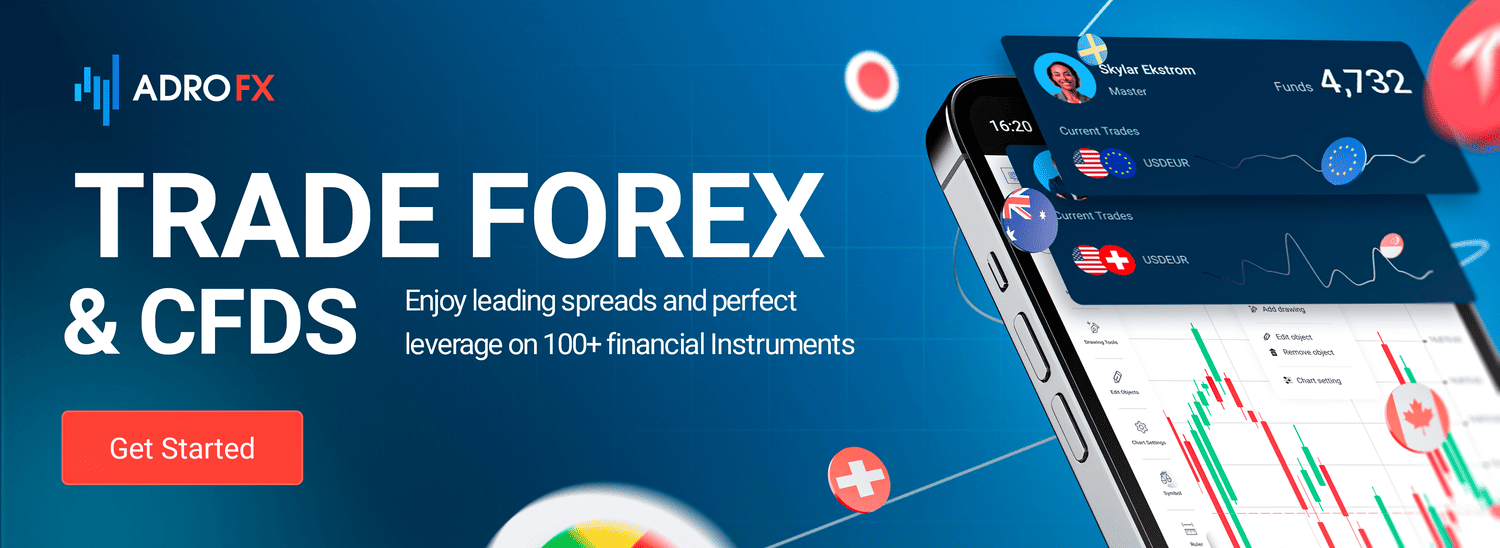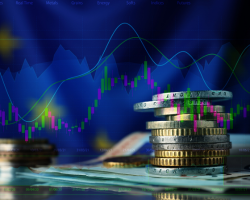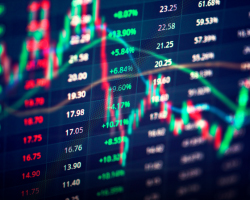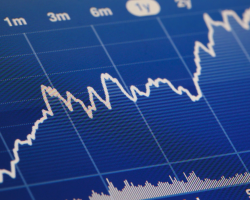Striking the Right Balance: Avoiding Overdependence on Technical Indicators in Forex
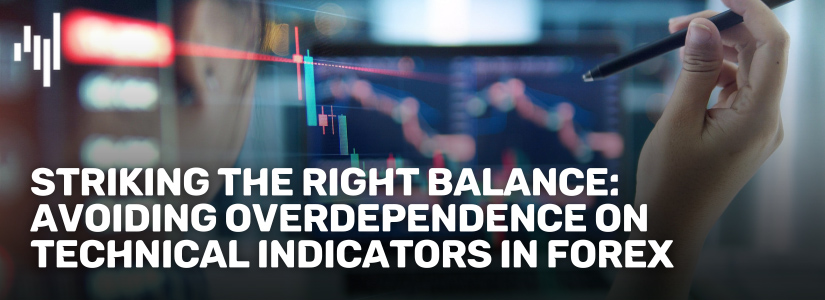
Have you ever relied too heavily on technical indicators when making trading decisions? While technical analysis plays a key role in forex trading, an overreliance can be risky. As the world of forex trading continues to evolve, traders increasingly turn to technical indicators to guide their decision-making. These tools can offer valuable insights into market trends and potential entry and exit points. However, the growing dependence on them may lead to overlooking other crucial factors like market sentiment, economic news, and fundamental analysis. In this article, we will explore the dangers of overdependence on technical indicators in forex and how traders can maintain a balanced approach to their trading strategy.
What Are Technical Indicators in Forex Trading?
Technical indicators are mathematical tools used by traders to analyze historical market data and forecast future price movements in forex trading. These indicators derive their values from price, volume, or open interest data, providing traders with actionable insights on trends, momentum, and volatility within a market. Technical analysis, which forms the foundation for using technical indicators, is based on the idea that past price movements and market behavior can reveal patterns that repeat over time, offering valuable clues about future market directions.
One of the primary functions of technical indicators is to identify trends. By smoothing out price data, indicators can highlight bullish or bearish trends, helping traders decide when to enter or exit a trade. These trends are crucial in forex trading, where the goal is to profit from price fluctuations between currency pairs. Momentum is another key aspect that technical indicators measure. Momentum indicators, such as the Relative Strength Index (RSI) and Moving Average Convergence Divergence (MACD), assess the strength of price movements and can help predict potential reversals or continuations in trends.
Traders often use these indicators in combination to strengthen their analysis and refine their decision-making process. For example, a trader might use the RSI to identify overbought conditions and the MACD to confirm a potential trend reversal, thus improving the accuracy of their trades.
However, while technical indicators are invaluable tools for market analysis, they are not infallible. These indicators are based on historical data and cannot account for sudden changes in the market caused by external factors such as economic events or geopolitical developments. As such, relying solely on technical indicators can provide an incomplete picture of the market. For a more comprehensive view, traders should consider integrating fundamental analysis alongside their technical analysis. This balanced approach helps mitigate the risks of overdependence on a single tool and provides a more well-rounded strategy for navigating the complexities of forex trading.
Also read: Top Trading Strategies Based on Volatility: Mastering Forex Volatility Strategies
The Risks of Overusing Technical Indicators
While technical indicators are indispensable tools for traders in forex trading, overreliance on them poses significant risks. One of the primary dangers is the potential for false signals. These indicators are designed to analyze past price movements and project future trends. However, they cannot account for every market variable, particularly in volatile conditions. For instance, moving averages may signal that a trend is continuing, but in reality, market sentiment could suddenly shift, rendering the signal inaccurate. This situation becomes particularly concerning during periods of market volatility, when price movements are often more erratic and unpredictable. Traders may be led into making positions based on outdated or misleading data, risking significant losses.
Another risk is the tendency to ignore fundamentals. While technical analysis focuses solely on price action and historical data, it does not factor in essential economic indicators like interest rates, inflation, or geopolitical events. These fundamental forces can drive large price movements that technical indicators are blind to. For example, a central bank interest rate decision or a major political event can trigger drastic shifts in currency values, rendering technical indicators less effective. A trader who ignores such fundamentals and relies only on technical signals may miss crucial insights that could inform smarter, more profitable trades.
Overdependence on indicators can also result in a loss of flexibility. Traders who stick too rigidly to pre-set technical strategies or indicators may struggle to adapt when the market takes an unexpected turn. This rigidity can hinder a trader's ability to react swiftly to new information or sudden market shifts. During periods of extreme market conditions, such as sharp price corrections or sudden news-driven events, this lack of flexibility can result in missed opportunities or unnecessary losses. An adaptable approach, which blends both technical analysis and an understanding of broader market factors, is crucial for long-term success in forex trading.
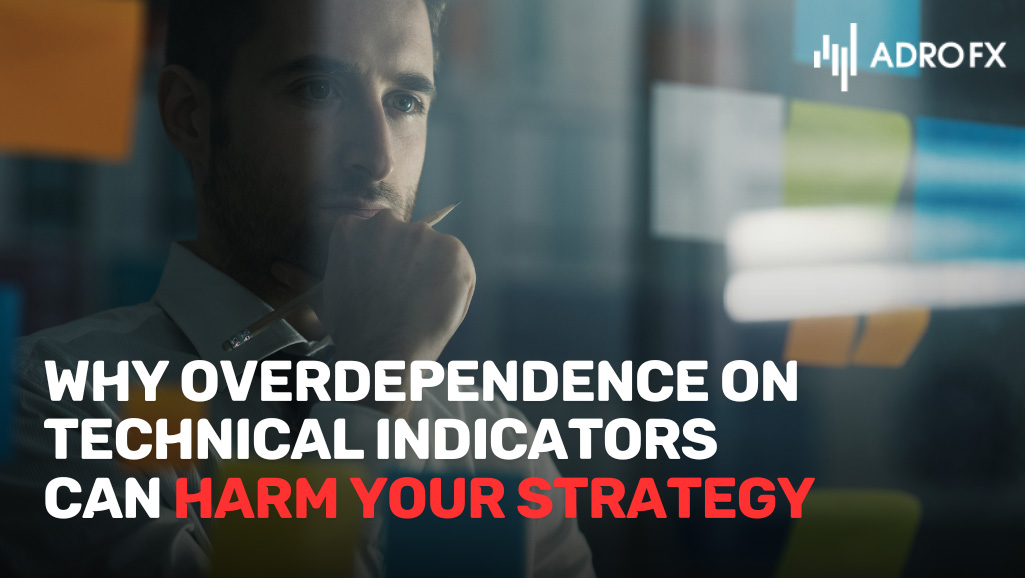
Why Overdependence on Technical Indicators Can Harm Your Strategy
Overreliance on technical indicators can significantly harm a trader's trading strategy and undermine their ability to manage market volatility. While these tools are designed to assist in decision-making, they do not guarantee success on their own. In fact, using them without considering external factors can blind traders to the bigger picture, leading them to take positions that don't align with the true market sentiment. This can result in losses, particularly when market conditions change unexpectedly, such as after a major economic announcement or geopolitical event.
Incorporating only technical indicators into your trading strategy can also have a detrimental effect on trading psychology. Traders who place too much faith in indicators may develop an overconfidence in their ability to predict the market. This overconfidence often leads to rigid decision-making, where traders become reluctant to adjust their strategy, even when circumstances demand it. When a market shift occurs, traders who rely heavily on technical signals might experience hesitation or anxiety, fearing that deviating from their set strategy will result in a loss of control. This psychology can make it more difficult to adapt to market fluctuations, reducing the overall effectiveness of the trader's strategy.
Furthermore, the ability to manage market volatility is compromised when traders rigidly stick to technical indicators. In volatile markets, such as during a currency crisis or financial turmoil, the price movement may not align with past trends or typical patterns that technical indicators rely on. This can lead to false predictions and misguided trades. A trader who doesn’t incorporate fundamental analysis or market sentiment may struggle to accurately assess the situation and, as a result, make poor decisions that harm their strategy.
To counteract these risks, it’s vital to take a balanced approach. Successful traders combine technical analysis with an understanding of market fundamentals and maintain flexibility in their strategy.
Also read: Beyond Indicators: The Essence of Naked Forex Trading Strategies
How to Avoid Overdependence on Technical Indicators
In the world of forex trading, technical indicators are vital tools that help traders analyze market trends, gauge momentum, and predict future price movements. However, an overreliance on these indicators can lead to misinterpretations and poor decision-making. To avoid this pitfall, it is essential for traders to maintain a balanced approach by combining technical analysis with other methods, like fundamental analysis, and ensuring proper risk management.
Use Multiple Tools in Your Trading Strategy
One of the first steps in avoiding overdependence on technical indicators is to diversify your analysis. While technical indicators offer valuable insights into market trends, they are based solely on historical price data. As a result, they may fail to account for external factors, such as changes in economic conditions or geopolitical events, that can significantly affect the forex market.
To combat this, fundamental analysis should be incorporated into your strategy. This involves looking at economic indicators like inflation rates, interest rates, and GDP growth to get a broader perspective on the health of the economy and its impact on currency values. For example, if an economic report shows a surge in a country’s GDP, it could signal potential strength for its currency, which might not be immediately apparent from a purely technical standpoint.
Moreover, staying updated on market news and sentiment can also offer additional layers of insight. Often, market sentiment can drive price movements more than any technical signal, especially in volatile situations where traders react to news events, rather than just price patterns. Combining these insights with technical analysis creates a more comprehensive approach, helping you avoid blind spots that come with relying only on charts and indicators.
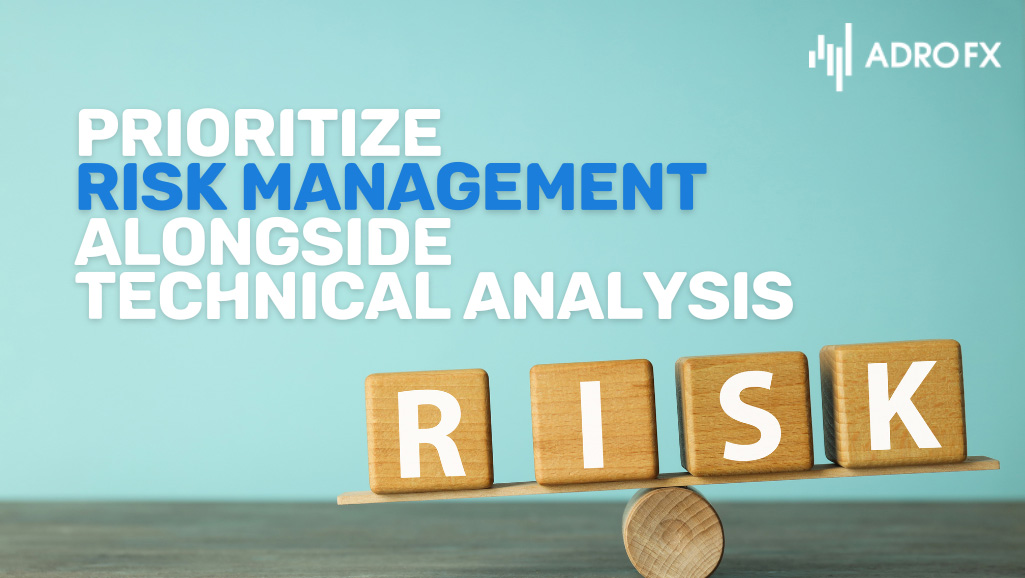
Prioritize Risk Management Alongside Technical Analysis
While technical indicators help identify potential entry and exit points, they cannot predict every market move. This unpredictability makes risk management an essential part of any trading strategy. Without proper risk management, traders are more likely to face significant losses when their reliance on technical indicators leads them to make poor decisions.
Key elements of effective risk management include setting Stop Loss orders, determining position sizes based on your risk tolerance, and never risking more than a small percentage of your trading capital on a single trade. These measures help protect you from substantial losses if the market moves against you, even if technical indicators suggest otherwise.
In addition to using Stop Losses and position sizing, portfolio diversification is another important risk management strategy. By spreading your investments across multiple currency pairs and asset classes, you reduce the risk of heavy losses from a single market event. A balanced strategy, which incorporates both technical indicators and sound risk management principles, ensures that you are prepared for any market scenario.
Commit to Continuous Learning and Flexibility
Another key factor in avoiding overdependence on technical indicators is a commitment to continuous learning. The forex market is constantly evolving, and what worked in the past may not necessarily work in the future. As such, developing a flexible trading strategy that allows you to adapt to changing market conditions is crucial for long-term success.
One way to stay flexible is by reviewing and adjusting your trading strategy regularly. This can be done through backtesting - evaluating how your strategy would have performed in the past - or by paper trading in a demo account to see how well your current approach holds up under real-time market conditions.
Furthermore, it’s important to keep learning about new indicators, chart patterns, and trading strategies to add to your trading arsenal. Engage with industry blogs, forums, webinars, and books to stay updated on the latest developments in forex trading. The more tools and knowledge you have at your disposal, the better equipped you will be to adjust your strategy to market changes and avoid becoming overly reliant on any single factor, such as technical indicators.
Conclusion: Finding Balance in Trading
In conclusion, the key to success in forex trading lies in striking the right balance between technical indicators and other aspects of market analysis. While technical indicators play an important role in identifying trends and making informed decisions, they should never be the sole basis for trading decisions. Overdependence on these tools can result in missing out on other critical market influences and can limit your ability to respond to changing market conditions.
A balanced strategy, which combines technical analysis, fundamental analysis, and sound risk management, provides a comprehensive approach that mitigates the risks of overreliance. By continuously educating yourself and adapting your trading strategies to market shifts, you can avoid the pitfalls of overdependence and enhance your chances of success in the dynamic world of forex trading.
For traders looking to enhance their approach, it is crucial to explore more resources on balancing trading strategies and implementing effective risk management. With the right balance, you can navigate the complexities of the forex market with confidence and build a more resilient trading strategy.
Ready to take control of your trading strategy? Avoid the pitfalls of overreliance on technical indicators and start applying a more balanced approach today. Explore our resources or sign up for a demo account to begin refining your forex trading skills with practical risk management techniques.
About AdroFx
Established in 2018, AdroFx is known for its high technology and its ability to deliver high-quality brokerage services in more than 200 countries around the world. AdroFx makes every effort to keep its customers satisfied and to meet all the trading needs of any trader. With the five types of trading accounts, we have all it takes to fit any traders` needs and styles. The company provides access to 115+ trading instruments, including currencies, metals, stocks, and cryptocurrencies, which make it possible to make the most out of trading on the financial markets. Considering all the above, AdroFx is the perfect variant for anyone who doesn't settle for less than the best.
